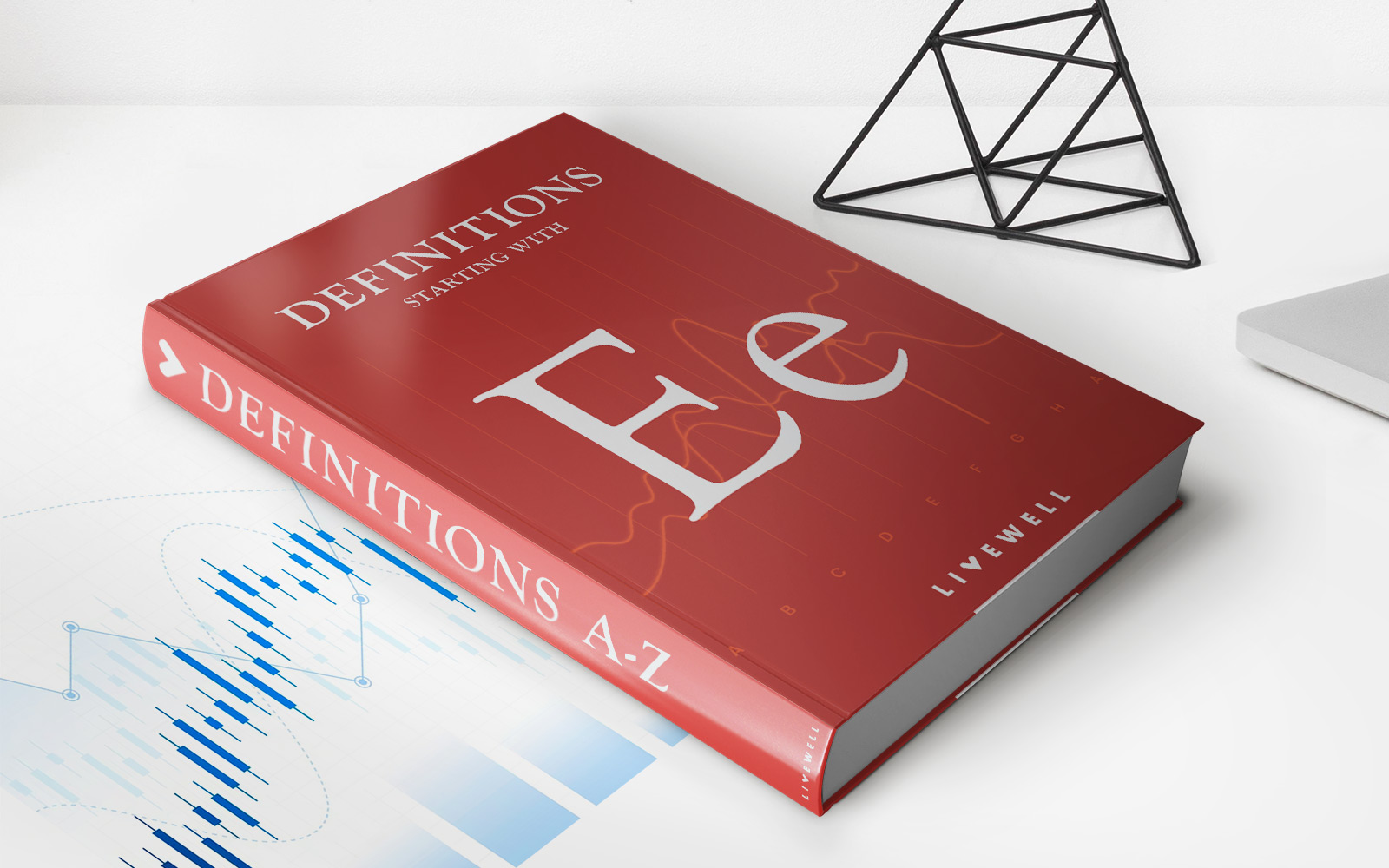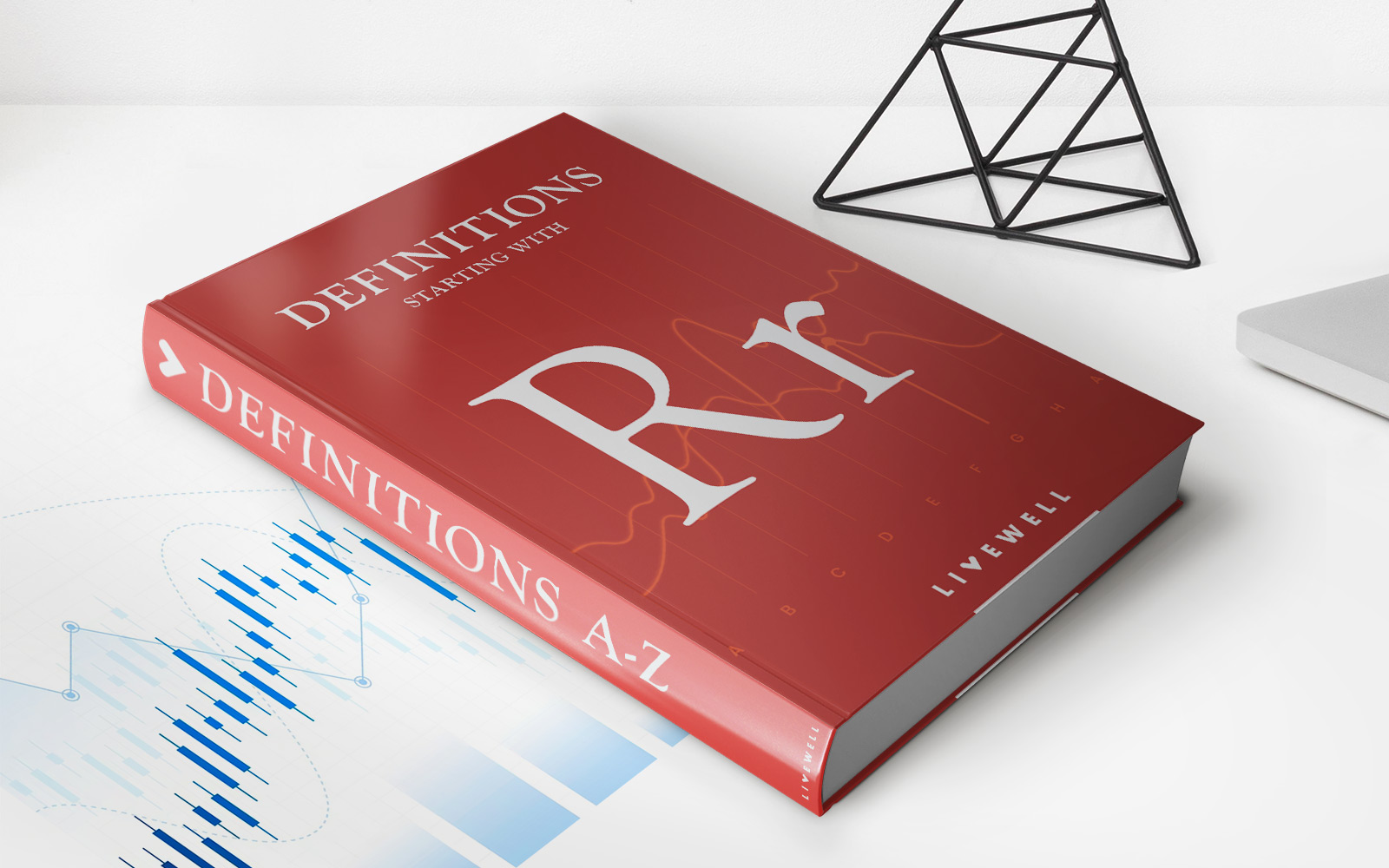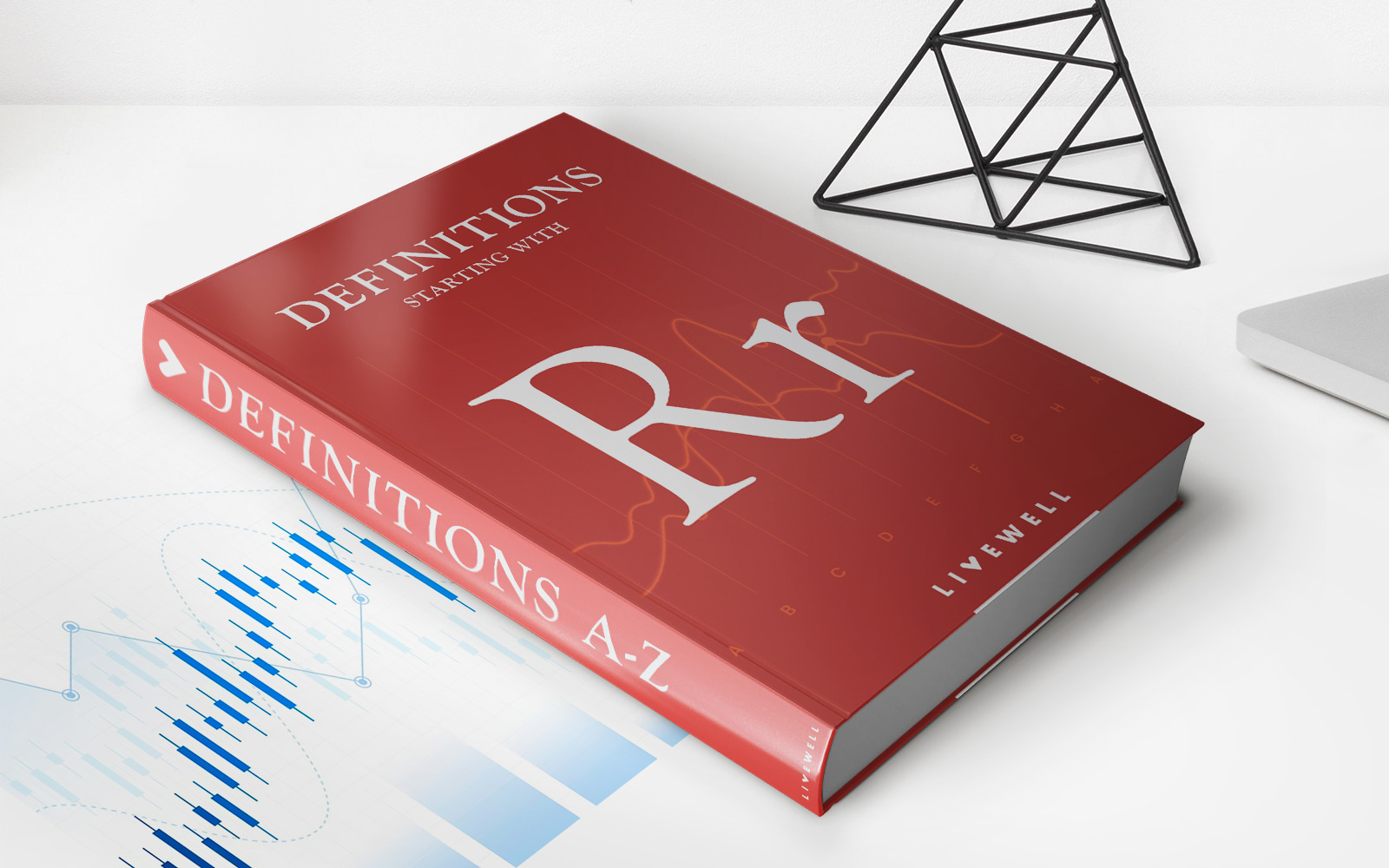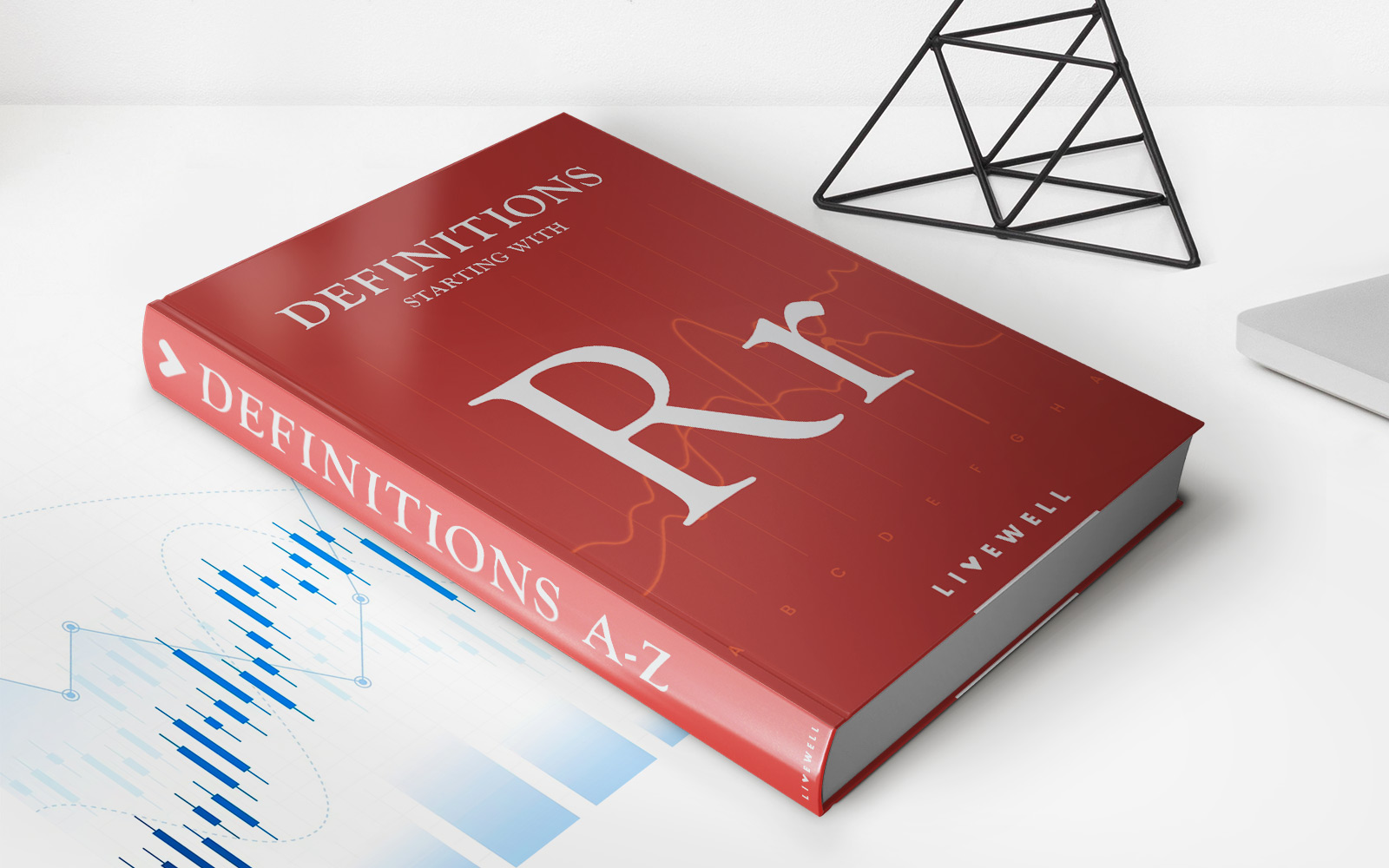Home>Finance>What Is Risk Neutral? Definition, Reasons, And Vs. Risk Averse
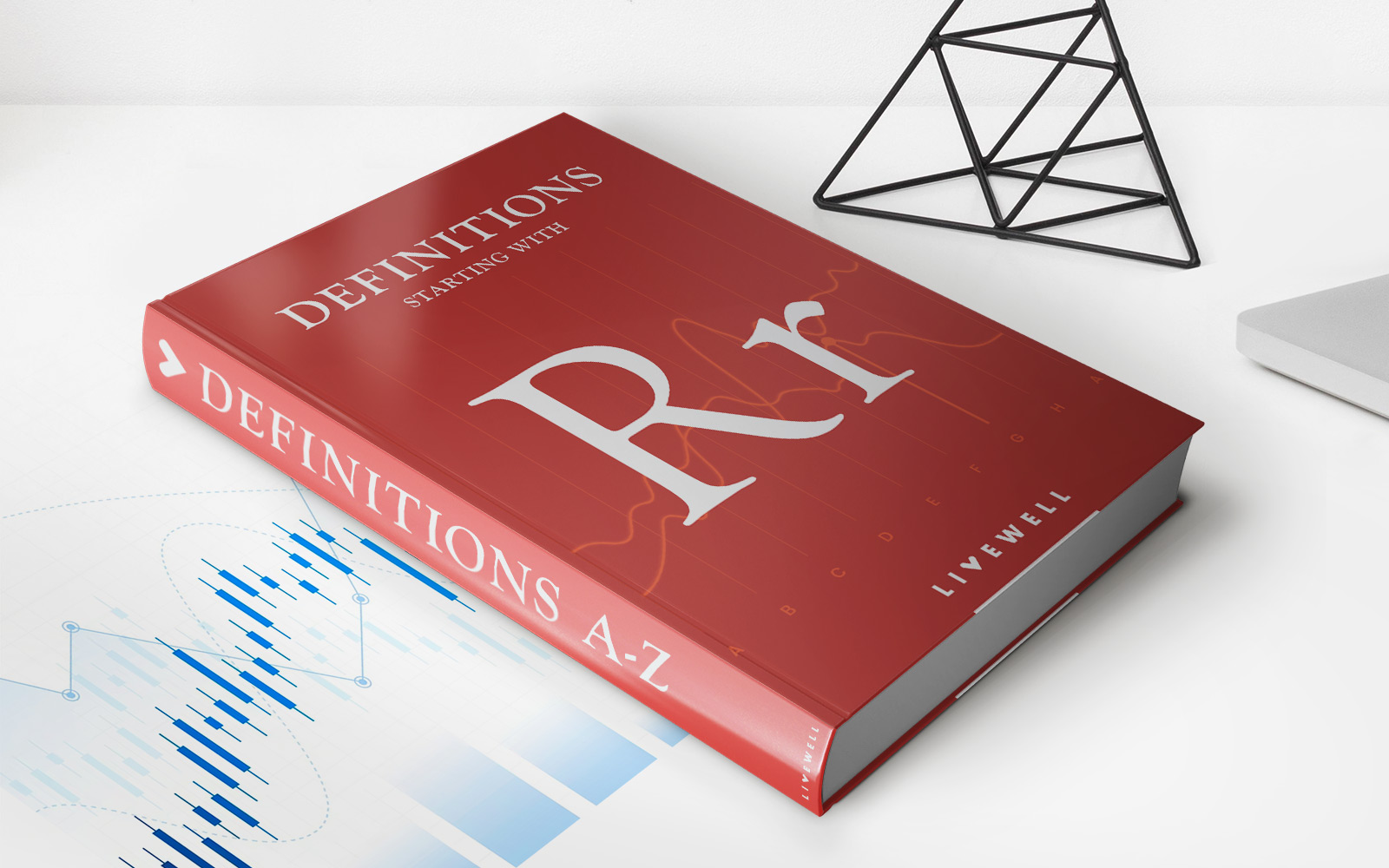

Finance
What Is Risk Neutral? Definition, Reasons, And Vs. Risk Averse
Published: January 21, 2024
Discover the meaning of risk neutral in finance, explore the reasons behind this approach, and compare it to being risk averse in this comprehensive guide.
(Many of the links in this article redirect to a specific reviewed product. Your purchase of these products through affiliate links helps to generate commission for LiveWell, at no extra cost. Learn more)
Understanding Risk Neutral vs. Risk Averse
When it comes to making financial decisions, understanding the concepts of risk neutral and risk averse can play a crucial role. These terms are often used in the realm of finance and investments, and can greatly impact the strategies one employs. In this article, we will delve into the definition of risk neutral, discuss the reasons behind being risk neutral, and compare it to the concept of being risk averse.
Key Takeaways:
- Risk neutral individuals are those who are indifferent to risk and make decisions without considering the potential outcomes.
- In finance, being risk neutral can be advantageous in certain situations where the probabilities of different outcomes are known.
What is Risk Neutral?
Risk neutrality refers to the concept of individuals who are indifferent to risk and make decisions without considering the potential outcomes. In a finance context, a risk-neutral investor or decision-maker evaluates investments solely based on the expected value, without considering the potential risk involved.
Reasons for Being Risk Neutral:
- Predictable Outcomes: Risk neutrality can be advantageous when dealing with situations where the probabilities of different outcomes are known. For instance, in games of chance, such as flipping a fair coin, the probabilities of heads and tails are known and fixed, allowing risk-neutral individuals to make decisions solely based on the expected value.
- Mathematical Convenience: From a mathematical perspective, being risk neutral can simplify calculations. By disregarding the potential risks, individuals can focus solely on the expected value, making calculations more straightforward.
- Neutral Preferences: Some individuals naturally have a risk-neutral preference. They prioritize outcomes based on their expected values, without being influenced by the potential risks or rewards.
Risk Neutral vs. Risk Averse:
While risk neutrality involves indifference to risk, being risk averse refers to individuals who actively avoid or mitigate risk when making decisions. Risk-averse individuals place importance on the potential risks and aim to minimize potential losses.
Here are a few key differences between risk-neutral and risk-averse individuals:
- Risk Appetite: Risk-neutral individuals have a higher tolerance for risk and are less concerned about potential losses. In contrast, risk-averse individuals have a lower risk appetite and actively seek to minimize potential losses.
- Expected Value vs. Risk-Adjusted Value: Risk-neutral individuals focus solely on the expected value when evaluating investments or decisions. Risk-averse individuals, on the other hand, consider both the potential returns and the associated risks, adjusting the decision based on the risk involved.
- Market Preferences: Being risk neutral might be more suitable for individuals participating in well-defined markets with predictable outcomes. Risk-averse behavior, on the other hand, is more common in uncertain or volatile markets.
In conclusion, understanding risk neutrality and risk aversion is crucial when making financial decisions. While risk-neutral individuals disregard potential risks, risk-averse individuals take the potential for loss into account. Both approaches have their advantages and understanding the differences can help individuals navigate the complex world of finance.
Remember, being aware of your own risk tolerance and preferences is key to making informed decisions and achieving your financial goals.
